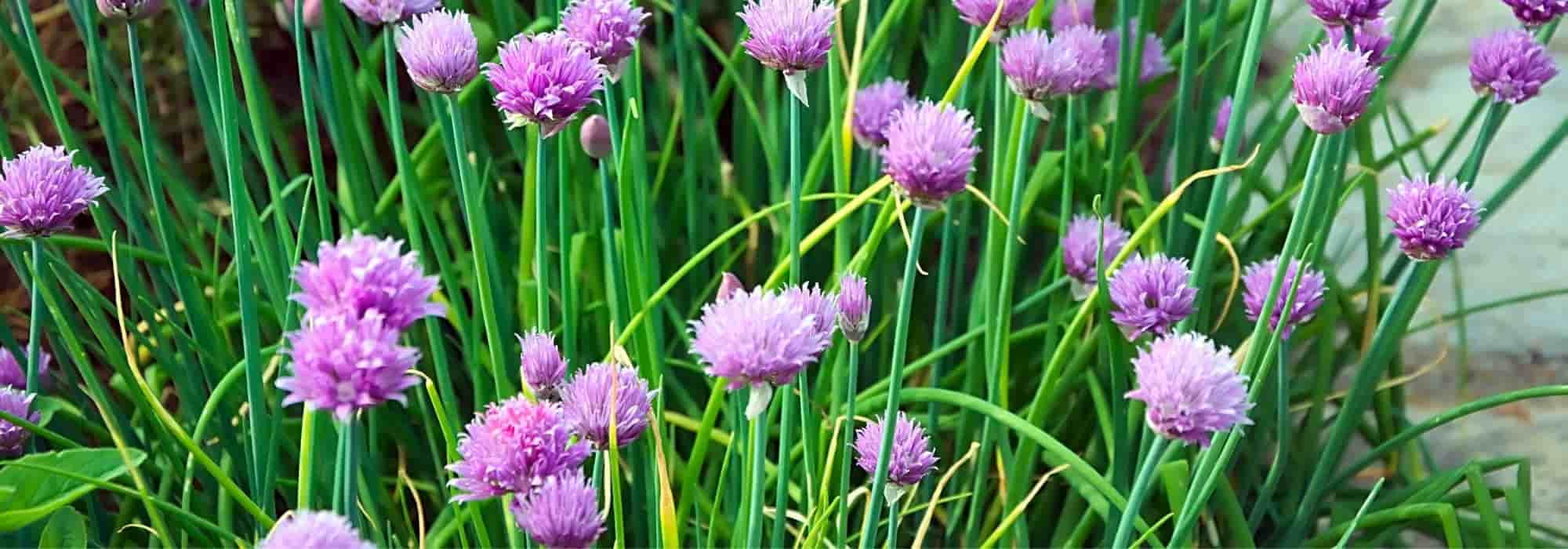
How to grow chives in a pot?
Keep fresh chives to hand
Contents
Chives are aromatic plants that flavour and brighten our summer salads, sauces and dishes. To preserve all their flavour and freshness, nothing beats having them to hand. Chives are perennial plants that will thrive in a pot, on your balcony, your terrace or in a raised bed. Discover how to successfully grow chives in a pot.

Which pot should I choose to plant chives?
If you choose to plant your chive in a pot, choose one at least 15 cm in diameter and 15 cm deep. When your chive becomes bushier, a 20 cm diameter pot will be ideal. Undemanding, chives will be happy in either a terracotta pot or a plastic pot. Note that chives do not tolerate drought, a pot with a water reservoir will also suit them perfectly. You can also grow chives in a window box or in a raised vegetable bed.
Read also
Succeed in multiplying your chivesWhen and how to sow chives?
Chives are sown in spring, between March and June depending on your climate. Choose a rich potting compost, preferably for vegetable plants. Fill your pot with compost to 2 cm from the rim, pressing down very lightly. Water your compost: it must always be moist, but not waterlogged. Scatter chive seeds every 2 to 3 cm. Cover with compost to 0.5 cm and mist it with a spray bottle. Place your pot in partial shade, keeping it consistently moist without waterlogging. Young chive shoots will appear about ten days after sowing. Harvest can be taken 3 to 4 months later.
Discover other Chives
View all →Available in 1 sizes
Available in 2 sizes
Available in 1 sizes
Available in 1 sizes
Available in 1 sizes
Available in 1 sizes
Available in 1 sizes
Available in 1 sizes
Available in 1 sizes
Available in 1 sizes
When and how to plant chives in a pot?
If you opted to buy a young plant, you will need to repot your chives into a pot 15 to 20 cm in diameter and at least 15 cm deep. Planting chives is best done in spring or autumn. Use a rich potting compost, preferably for vegetable gardens. Water so that potting compost is moist but not waterlogged. Indeed, chives do not like dry soil, but dislike excessive watering. After repotting, it is strongly recommended to let your plant acclimatise for 1 month before harvest to encourage root development.
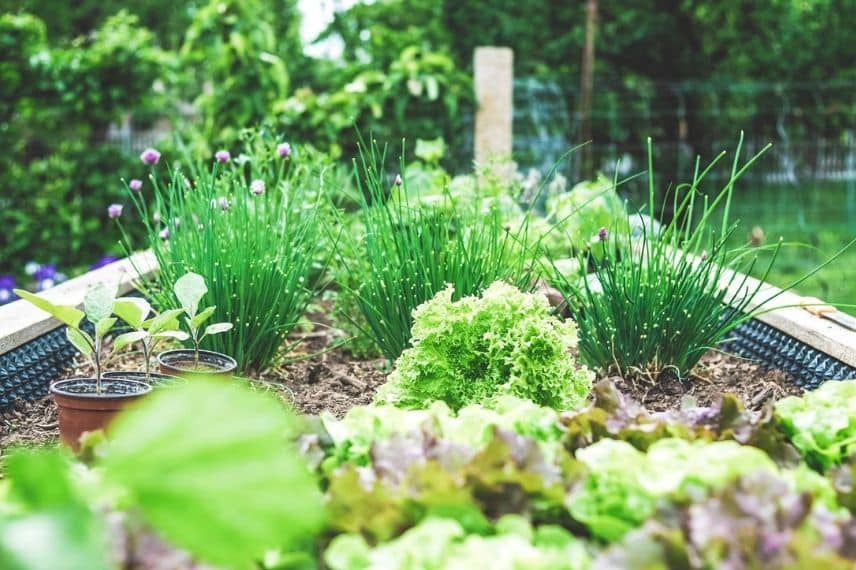
Chives in a vegetable bed – photo by Markus Spiske
Where should I place my chives?
Your chives like sun, but not too much. Choose a partly shaded spot. Ideally, they will enjoy morning sun, but not afternoon sun in high summer, which is too harsh. To keep a little coolness and prevent their soil from drying out too quickly, you can mulch the base of your chives to retain moisture in potting compost for longer.
Tip: if your balcony or terrace faces south, you can pair your chives with a larger plant that will shade them in a container or raised bed.
How to care for chives in a pot?
When and how to water chives in a pot?
Easy to maintain, chives like to be kept moist, without being waterlogged. If the leaves of your chives turn yellow, this means its potting compost is too dry or it has too much water. To check if your chives need water, push your finger 2 to 3 cm into the soil. If the soil is dry, water to make it moist, without excess. In spring and autumn, check 2 to 3 times a week. In summer or during very hot weather, check daily if your pot does not have a water reservoir.
When and how to repot chives in a pot?
After one year, preferably in spring or autumn, your chives will have used up the nutrients in their substrate.You should then repot them to replace the compost. If you prefer, you can also carry out a top-dressing, a technique that consists of removing the surface compost and replacing it with fresh compost. Undemanding, chives prefer a potting compost.
How to keep chives over winter?
Chives are a perennial plant. They die back in winter and reappear in spring. You can enjoy them for 3 to 4 years. If you want to extend their presence beyond that, it is possible to divide the clump of your chives after 3 years, or to keep their dried flowers which contain seeds.
How to cut chives in a pot?
With a clean pair of scissors or simply with your thumbnail, cut the stems at their base as needed. Chives will produce pretty pink or white flowers depending on the variety, in a pom-pom shape. You can choose to leave the flowers or cut them as soon as they appear to encourage production of new tender stems.
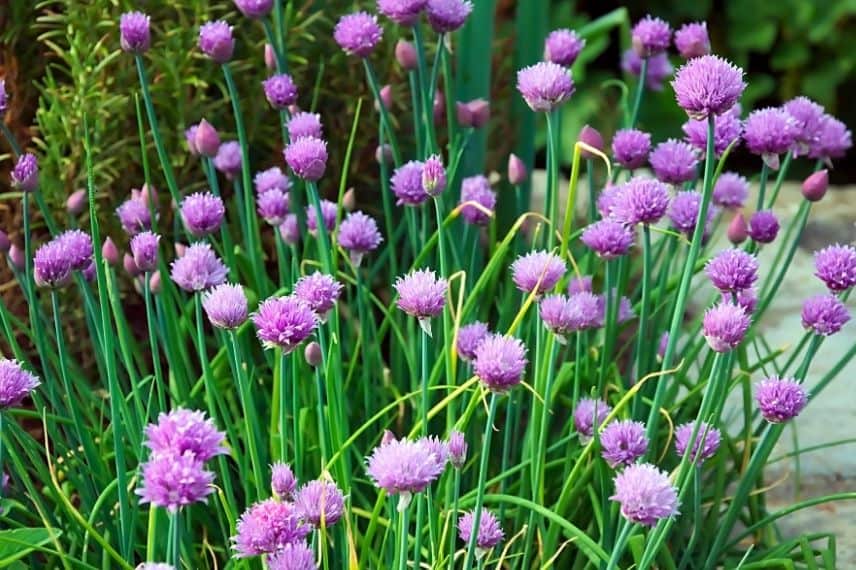
Chives in flower
Further information:
You can consult our advice sheets:
- Chives: planting, sowing, dividing
- Our compost for vegetable gardens & aromatic plants
- Subscribe!
- Contents
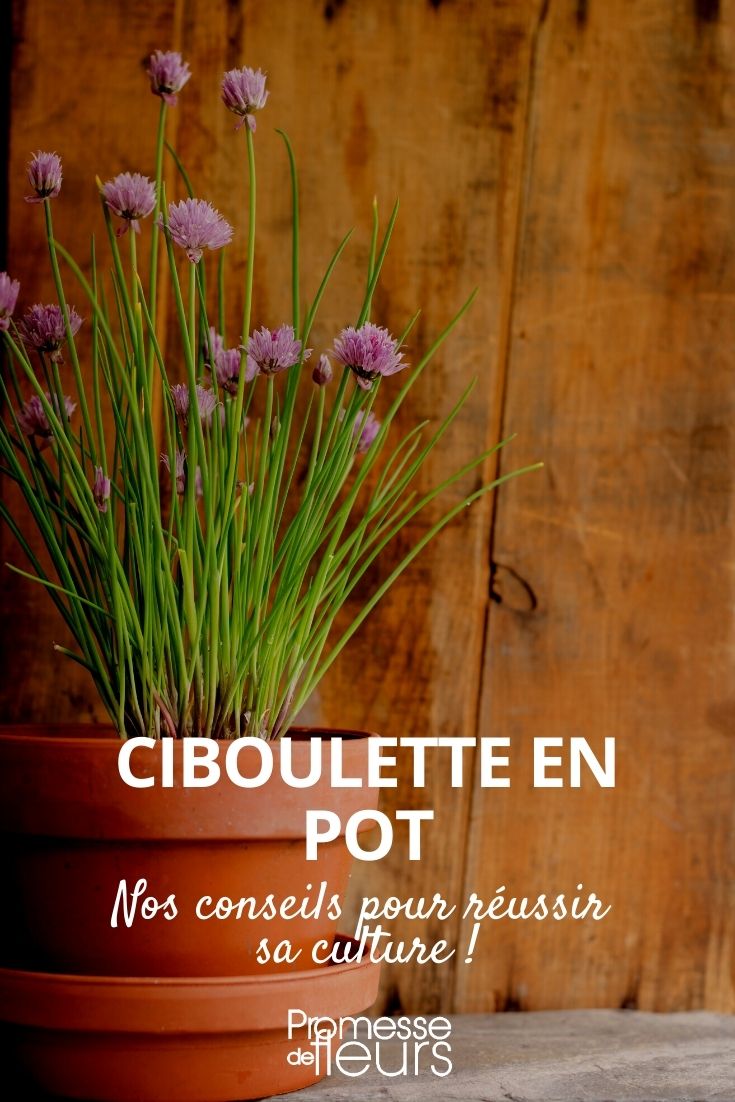






























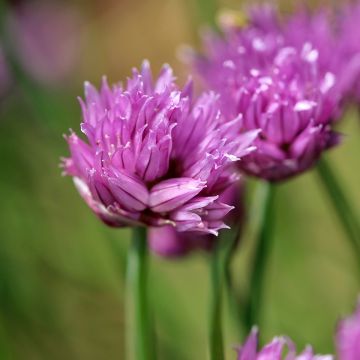
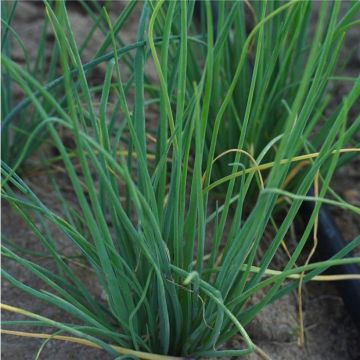
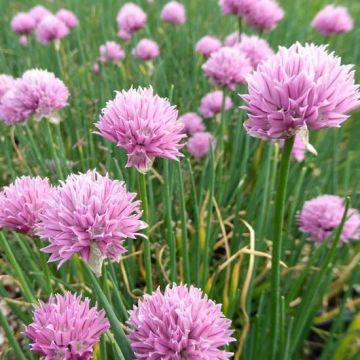
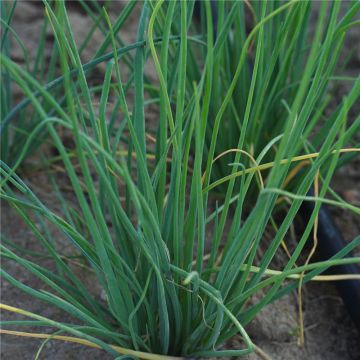
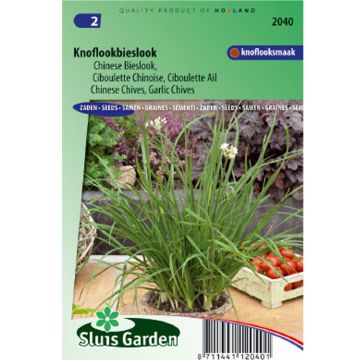
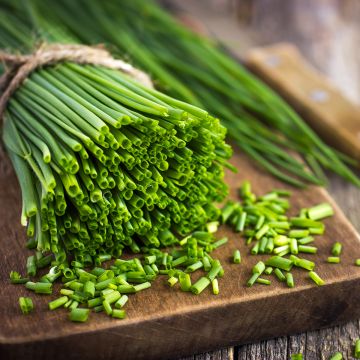

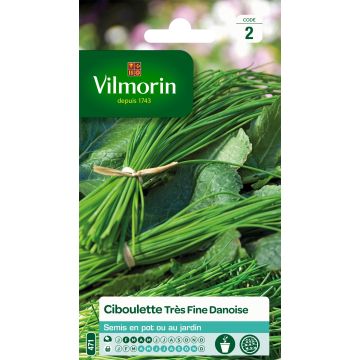
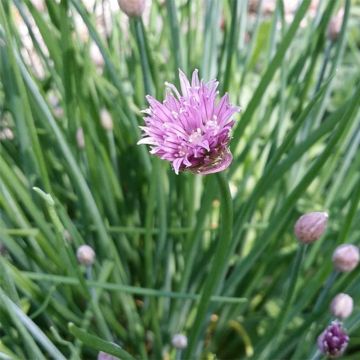
Comments